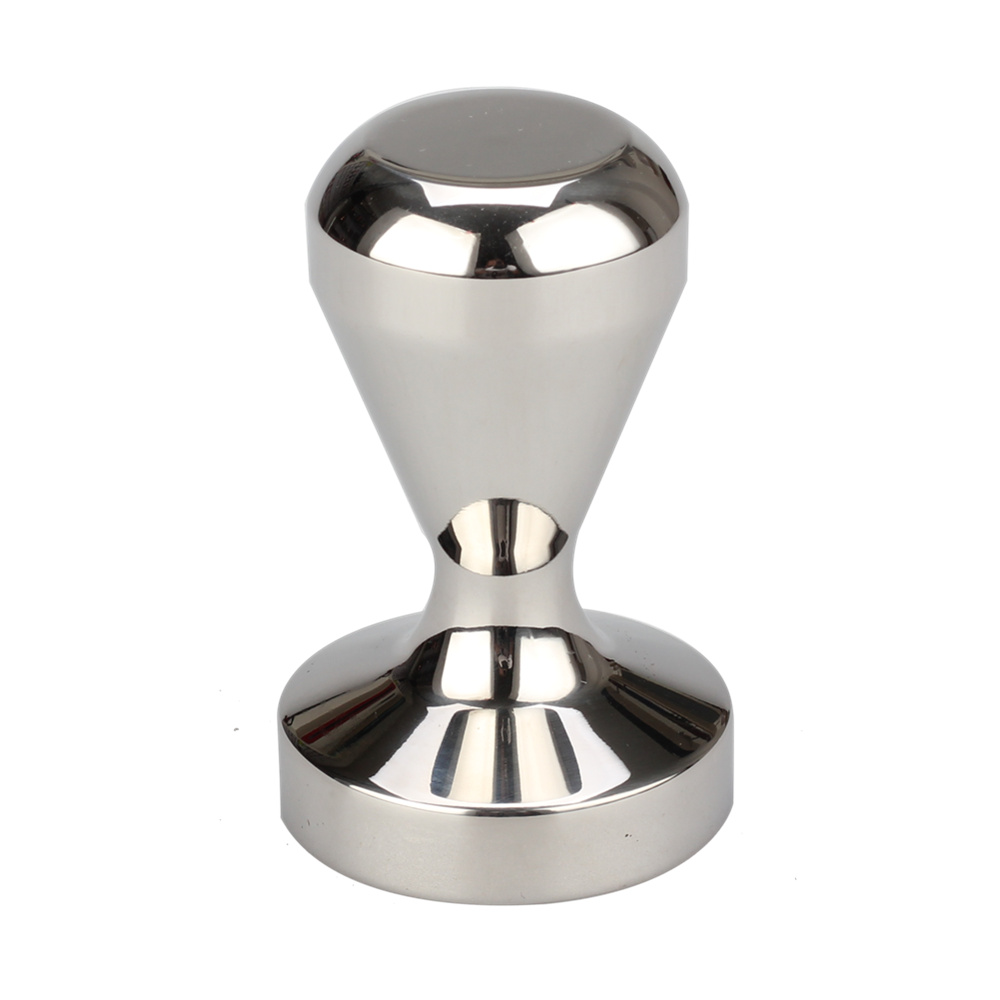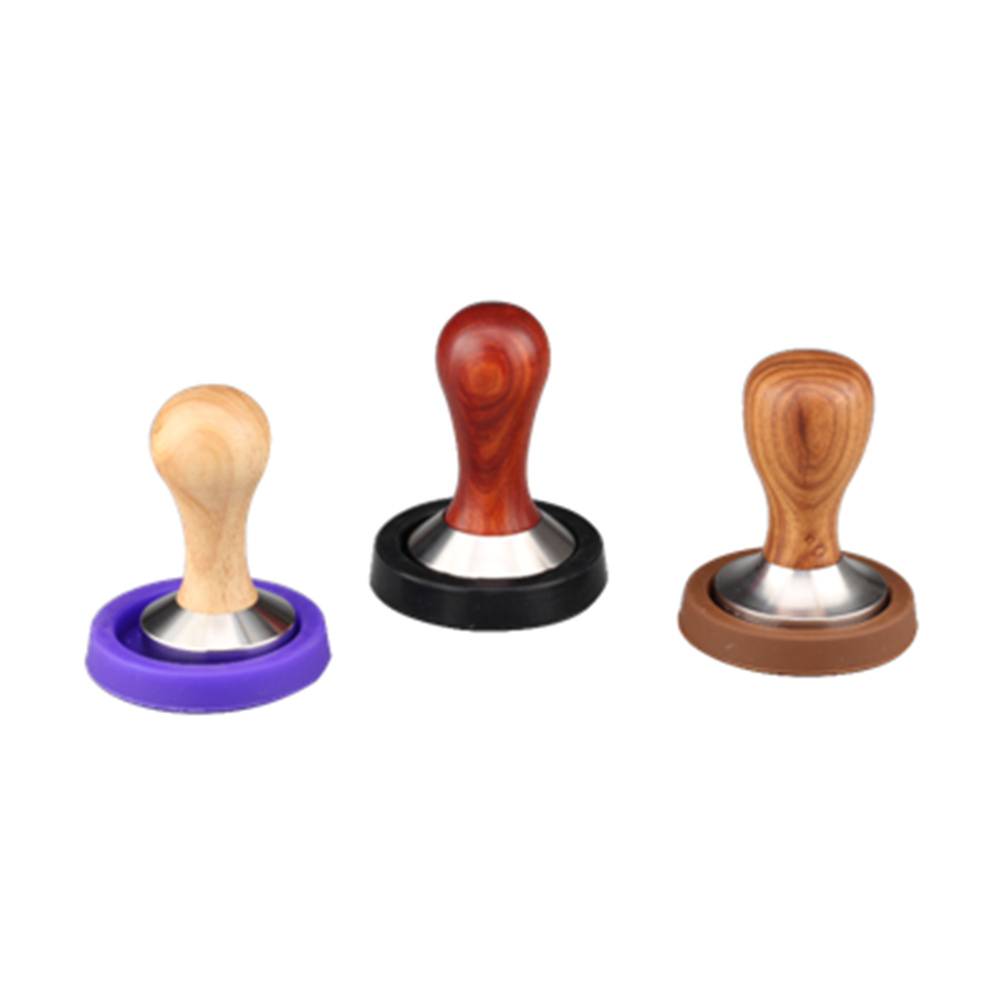Instruction manual The detection principle kit adopts double antibody one-step sandwich enzyme-linked immunosorbent assay (ELISA). To the coated microwells pre-coated with avian encephalomyelitis virus (AEV) capture antibody, add the specimen, standard, and HRP-labeled detection antibody in sequence, incubate and wash thoroughly. The color is developed with the substrate TMB, which is converted into blue under the catalysis of peroxidase and into the final yellow under the action of acid. The color depth is positively correlated with the avian encephalomyelitis virus (AEV) in the sample. Measure the absorbance (OD value) at 450nm with a microplate reader to determine whether the sample contains avian encephalomyelitis virus (AEV). Sample collection, processing and storage methods 1. Serum: Use a test tube that does not contain pyrogens and endotoxins. Avoid any cell stimulation during the operation. After collecting blood, centrifuge at 3000 rpm for 10 minutes to quickly separate serum and red blood cells carefully. 2. Plasma: EDTA, citrate or heparin anticoagulation. Take the supernatant by centrifugation at 3000 rpm for 30 minutes. 3. Cell supernatant: centrifuge at 3000 rpm for 10 minutes to remove particles and polymers. 4. Tissue homogenate: Add tissue to the right amount of saline and mash. Take the supernatant by centrifugation at 3000 rpm for 10 minutes. 5. Preservation: If the sample is not tested in time after collection, please aliquot it in one dose and freeze it at -20 ℃ to avoid repeated freezing and thawing. Thaw at room temperature and ensure that the sample is thawed evenly and fully. Self-supplied items 1. Microplate reader (450nm) 2. High-precision sampler and pipette tip: 0.5-10uL, 2-20uL, 20-200uL, 200-1000uL Equilibrate at room temperature for 20 minutes at 2-8 ° C before use. The concentrated washing liquid taken out of the refrigerator will have crystals, which is a normal phenomenon. The water bath is heated to completely dissolve the crystals before use. 2. The slats not used in the experiment should be immediately returned to the ziplock bag, sealed (dry at low temperature) and stored. 3. The sample after pretreatment does not need to be diluted, just take 50μL and add it. 4. Perform the incubation operation strictly in accordance with the time, amount of liquid and sequence indicated in the manual. 5. Shake all liquid components thoroughly before use. Kit composition name 96-well configuration 48-well configuration Remarks Microwell microplate 12 well × 8 × 12 well × 4 no negative control 0.6mL 0.6mL no positive control 0.6mL 0.6mL no sample dilution 6mL 3mL no detection antibody-HRP 10mL 5mL No 20 × washing buffer 25 mL 15 mL Dilute according to the instructions Substrate A 6 mL 3 mL without substrate B 6 mL 3 mL without stop solution 6 mL 3 mL without sealing plate film 2 sheets 2 sheets without instructions 1 portion 1 portion without ziplock bag 1 1 without reagent Dilution of buffer solution: 1:20 dilution of distilled water, that is, 1 part of 20 × washing buffer plus 19 parts of distilled water. Plate washing method 1. Manual plate washing: throw away the liquid in the hole, fill each hole with the washing liquid, let the liquid in the hole drain after standing for 1 min, pat dry on absorbent paper, and wash the plate 5 times in this way. 2. Automatic plate washing machine: Inject 350μL of washing liquid into each well, soak for 1min, and wash the plate 5 times. Operation steps 1. Take out the required slats from the aluminum foil bag after equilibrating at room temperature for 20min, and the remaining slats shall be sealed in a ziplock bag and put back at 4 ℃. 2. Set up negative and positive control wells and sample wells, add negative control and positive control 50μL each to the negative and positive control wells; 3. Add 10μL of the test sample to the test well, and then add 40μL of the sample diluent; 4. 100 μL of horseradish peroxidase (HRP) labeled detection antigen was added to each of the negative and positive control wells and the sample wells. The reaction wells were sealed with sealing plates and incubated for 60 min in a 37 ° C water bath or thermostat. 5. Discard the liquid, pat dry on the absorbent paper, fill each well with the washing solution, let stand for 1min, shake off the washing solution, pat dry on the absorbent paper, and repeat washing the plate 5 times (you can also wash the plate with a washing machine). 6. Add 50 μL of substrate A and B to each well, and incubate at 37 ° C in the dark for 15 minutes. 7. Add 50μL of stop solution to each well, and measure the OD value of each well at 450nm wavelength within 15min. Judgment of results 1. Test effectiveness: the average OD value of positive control wells ≥1.00; the average OD value of negative control wells ≤0.15. 2. Cut-off value calculation: cut-off value = average of negative control wells +0.153. Negative Judgment: sample OD value <cut-off value (Cut off), sample is negative 4. Positive judgment: sample OD value> cut-off value (Cut off), sample is positive kit performance 1. Accuracy: average value of positive control well OD value ≥1.00; the average value of the OD value of the negative control well ≤0.15, indicating that the test result is valid. 2. Specificity: Does not cross-react with other soluble structural analogs. 3. Repeatability: The coefficients of variation within and between plates are less than 15%. 4. Storage: 2-8 ℃, protected from light and moisture. 5. Validity period: 6 months Disclaimer 1. The kit is for research use only and should not be used in clinical or human experiments, otherwise all consequences arising will be borne by the experimenter and the company will not be responsible. 2. Strictly follow the instructions, and the experimenter violates the instructions, and the consequences will be borne by the experimenter.
The best barista coffeeware----Coffee Tamper. Which can help customers taste the best espresso .
About the coffee tamper ,we have many different kinds for you to select.
Coffee tamper with different kinds of wooden handle is our hot sell items.
The whole stainless steel coffee tamper also with high quality, we also have the color coffee tamper items.
Our customer usually combine the coffee tamper with the silicone tamper mat and the clean brush as one set to sell ,which is the selling point to catch the market.
Any items need to know more or any idea about it, please don`t hesitate to contact us.
Will be glad to hear from you.
Description of Coffee Tamper
Size : 49mm/51mm/58mm
Material: Body: SS304+wood/Aluminum
Color/wood type :customized
Finishing: Satin polishing ,Mirror Polishing ,Color painting
Logo: Laser logo, Etching logo, Silk printing logo, Embossed logo, Decal logo
MOQ : 2000 PCS
Packaging : White box, Mail box or Customized package
Sample Time : 7~10 days
Lead Time :60 days after have the deposit
Payment: T/T ,L/C or others
Payment term: 30% deposit before production and 70 % balance against the copy B/L



FAQ:
1:How can I get the sample?
We can provide the sample for customers to check the quality.
Please kindly provide the delivery info for calculate the sample cost. If you have DHL /TNT/UPS/FEDEX account, please also kindly provide it to us.
You can do the payment of sample via T/T and PayPal.
2:How about the sample time?
Usually the sample time is 7~10 days after have the sample cost.
3:How long will it take for mass production?
Usually 45~60 days after have the deposit.
4:Can we have our logo or company name to be printed on your products or the package?
Welcome OEM.
5:what certificate can you provide?
CE,CB,GS,FDA,LFGB,ROHS are available here.
6:How can we get your monthly new products announcement?
Please join our mailing lists.
Coffee Tamper
Espresso Tamper,Barista Tamper,Espresso Coffee Tamper,Barista Coffee Tamper
Jiangmen Wellway Houseware Co.,Ltd , https://www.wellwayhouseware.com
![<?echo $_SERVER['SERVER_NAME'];?>](/template/twentyseventeen/skin/images/header.jpg)